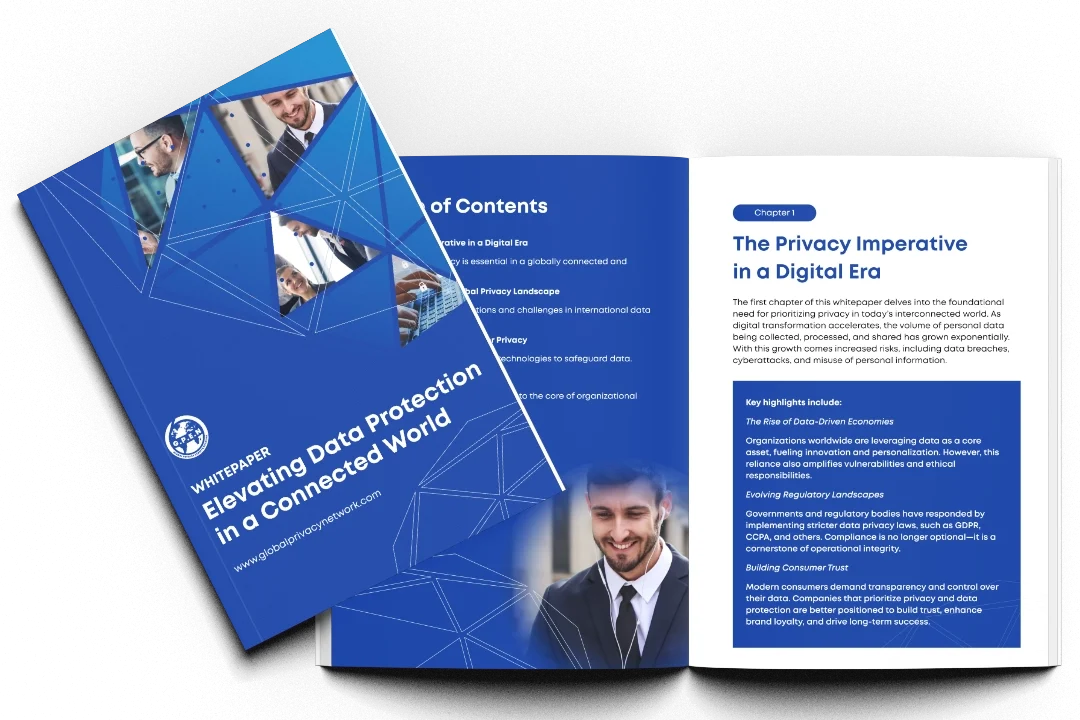Understanding CCPA Requirements
Defining Key CCPA Terms for Compliance
One of the initial hurdles businesses face is grasping the essential terms defined in the CCPA. Words like “personal information,” “consumer,” and “sale” carry specific meanings under the law.
For example, the CCPA defines personal information as data that “identifies, relates to, describes, or could reasonably be linked” to a consumer. Misinterpreting such definitions can lead to compliance errors.
Solution: Conduct regular training sessions for your legal and compliance teams to ensure a thorough understanding of CCPA definitions. Additionally, consult with legal experts to clarify ambiguous terms.
Identifying Applicability: Does the CCPA Apply to Your Business?
Not all businesses are subject to the CCPA. However, many struggle to determine if they meet the criteria, which include:
- Annual gross revenues exceeding $25 million
- Handling data of 50,000 or more California consumers
- Earning 50% or more of annual revenue from selling personal information
Solution: Perform a compliance audit to verify whether your business falls within the scope of the CCPA. Engage with privacy consultants to double-check your findings.
Managing Consumer Data Requests
Responding to Data Subject Access Requests (DSARs)
Under the CCPA, consumers have the right to request access to their personal data. Handling these requests can overwhelm organizations, especially those unprepared for the volume.
Solution: Automate the DSAR process with data privacy management tools. Create a clear workflow to handle requests efficiently, ensuring responses within the mandated 45-day period.
Verifying Consumer Identity Securely
Another challenge is verifying the identity of consumers submitting requests. Mishandling this process could lead to unauthorized data disclosures.
Solution: Implement robust verification mechanisms, such as multi-factor authentication (MFA) or government-issued ID checks, to prevent fraudulent requests.
Navigating “Do Not Sell My Personal Information” Requests
Creating and Displaying a “Do Not Sell” Link
The CCPA mandates businesses to provide a conspicuous “Do Not Sell My Personal Information” link on their websites. However, some companies struggle to design and implement this feature.
Solution: Collaborate with your web development team to create a user-friendly and accessible link. Ensure it adheres to WCAG (Web Content Accessibility Guidelines) for broader compliance.
Understanding “Sale” Under the CCPA
The term “sale” in the CCPA has a broad definition, which includes sharing data with third parties for monetary or other valuable considerations. Misinterpreting this can lead to non-compliance.
Solution: Conduct a thorough data mapping exercise to understand how your organization shares data. Update your privacy policies to reflect any practices that fall under the CCPA’s definition of a sale.
Ensuring Data Security and Minimization
Protecting Consumer Data from Breaches
A major concern for businesses is preventing data breaches, as the CCPA imposes penalties for failing to safeguard consumer information.
Solution: Invest in advanced cybersecurity measures, such as encryption, firewalls, and regular vulnerability assessments. Train employees on data security best practices to minimize risks.
Practicing Data Minimization to Reduce Risks
Collecting excessive data not only increases storage costs but also heightens compliance risks. Data minimization is an effective strategy for addressing this.
Solution: Review your data collection practices and eliminate unnecessary data points. Adopt a “privacy by design” approach, ensuring data minimization is integrated into all business processes.
Maintaining Compliance Amidst Regulatory Changes
Keeping Up with Amendments and Updates
The CCPA’s regulations are subject to amendments and updates, such as the California Privacy Rights Act (CPRA), which builds upon the CCPA.
Solution: Monitor updates to privacy laws through trusted legal resources or subscribe to industry newsletters. Designate a compliance officer to track regulatory changes and update internal policies accordingly.
Balancing Compliance Across Multiple Jurisdictions
For businesses operating in multiple states or countries, balancing CCPA compliance alongside other data privacy regulations, like GDPR, can be challenging.
Solution: Develop a centralized compliance framework that incorporates overlapping requirements of various privacy laws. Engage with legal experts to address jurisdiction-specific nuances.


